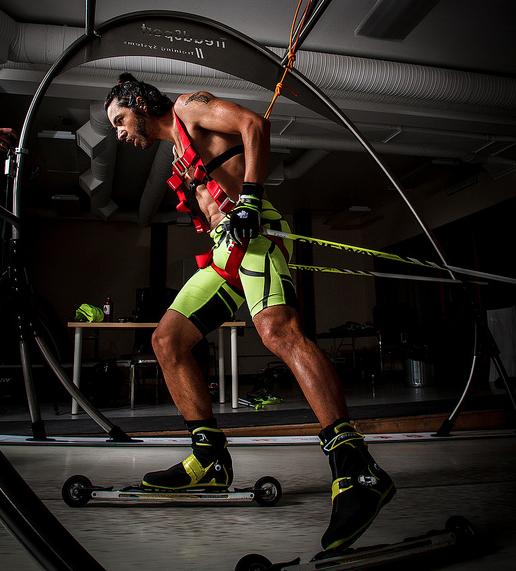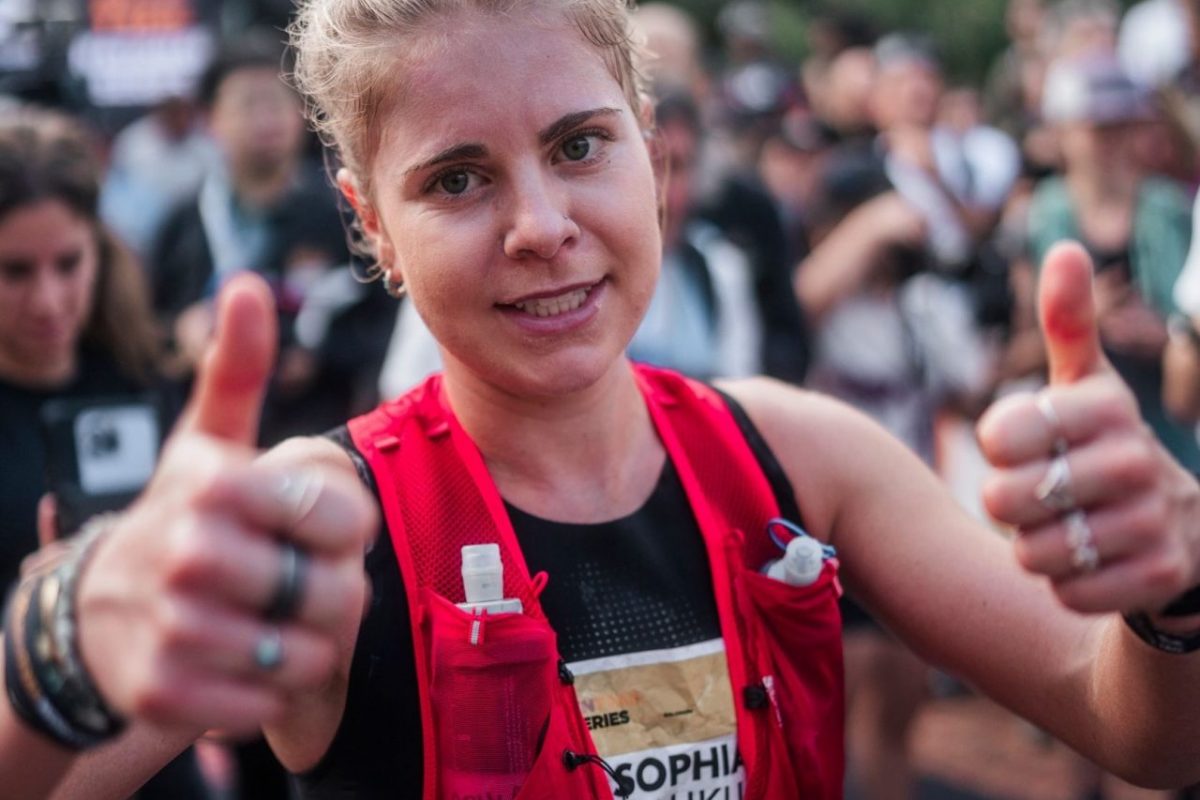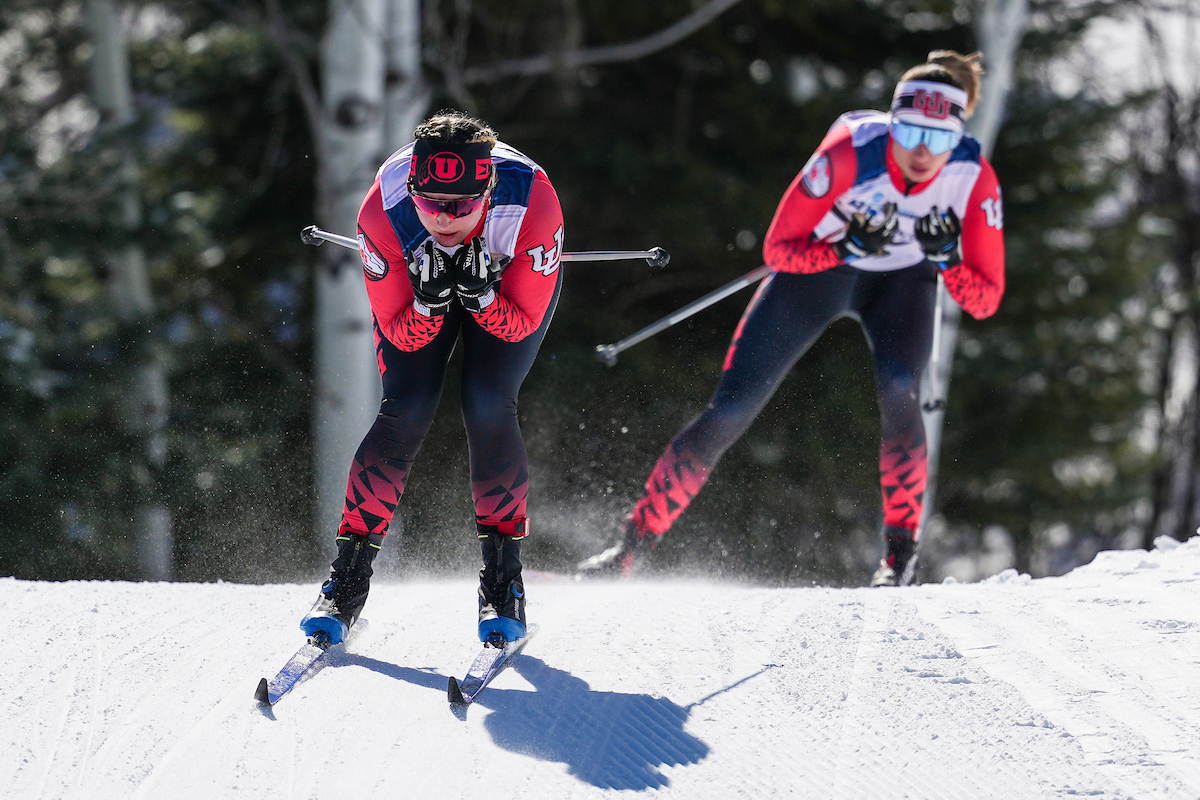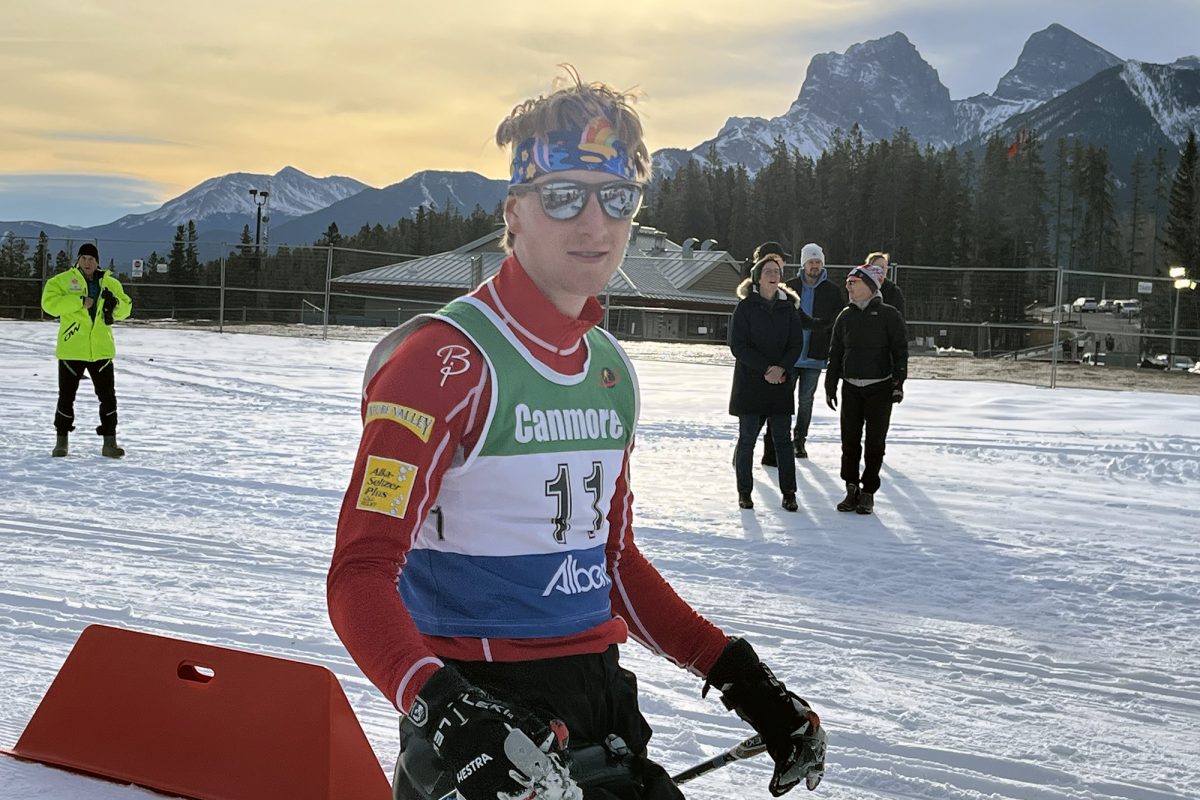
Welcome back to This Month in Journals, where we read the latest exercise and sports science and pull out some research that might be of interest to skiers. In June journals, there was a surprising bevy of articles specifically about cross-country skiing – meaning our roundup is more directly relevant than usual!
* Mats Ainegren and three colleagues at the Swedish Winter Sports Research Center in Ostersund, Sweden, found that economy and efficiency vary widely among skiers but also that older elite athletes are more efficient than younger or recreational ones. They suggest that economy and efficiency be incorporated into testing regimens that usually focus largely on VO2 Max to predict performance.
The idea that better skiers are more economical and efficient sounds basic, but what do these words mean in a scientific context? “Gross efficiency” is defined as the power being used for an activity divided by the overall metabolic rate. As a task gets harder, both power and metabolic rate will increase. But power tends to increase more, so efficiency actually gets better for harder work, up until a point.
“Economy,” meanwhile, is defined as the how much oxygen someone can take up, per unit of body weight, while doing a specific activity at a submaximal level.
Ainegren’s team tested both male and female elite senior and junior racers, as well as male recreational skiers, on a treadmill using skate and classic technique. In the Journal of Strength and Conditioning Research, they reported that economy was 10 to 12 percent lower in the recreational skiers than the elite seniors, but no different that that of junior racers. Efficiency, however, was more stratified. Recreational skiers were 8 to 12 percent less efficient than elite juniors and another four to six percent less efficient than elite seniors.
In trying to understand why the elite skiers were more efficient, or how they had gained this advantage, the researchers found no differences between men and women. Age, however, explained some of the difference, suggesting that simply skiing for longer teaches efficiency. Being tall, on the other hand, sometimes tended to diminish economy and efficiency.
Perhaps most interestingly, though, there was a wide range of efficiencies within the junior and elite athletes: from 9 % to 22 %, in other words, some skiers were twice as efficient as others. For elite skiers, the authors calculated that a difference of 2% in efficiency would translate to a 30-second gap between athletes in a 5 k race, or three minutes in a 50 k.
“For elite athletes, the differences in materials, ski waxing, VO2peak, and performance in races are quite small, thus emphasizing the importance of using an efficient technique,” they wrote. “For recreational skiers, larger differences in the above-mentioned factors are likely to be more common.”
* Another team also tackled the question of efficiency. Stig Leirdal and two colleagues at the Norwegian University of Science and Technology in Trondheim published a paper in the Scandinavian Journal of Medicine and Science in Sports that examined how efficiency changes with cadence in skate skiing.
Again using a rollerski treadmill, Leirdal et al. put eight high-level skiers through their paces at three different treadmill speeds, and in separate tests allowed them to choose their own rhythm or asked them to ski at a specific stroke rate.
In time-to-exhaustion tests, asking the skiers to ski at a higher frequency always reduced the time they were able to ski before dropping out. Asking them to reduce the cadence had varying effects. Especially at the highest speeds, when skiers were closest to a maximal effort, increasing their cadence greatly reduced their efficiency.
In general, the cadences chosen by the skiers themselves were the most efficient and led to the best performance. Leirdal and his colleagues called this “self-optimization”: athletes know best! Way to go, skiers.
* Another Scandinavian team, comprised of researchers from the Swedish School of Sport and Health Sciences in Stockholm, the Royal Institute of Technology in Stockholm, and the Norwegian School of Sport Sciences, looked at double-poling on a treadmill, specifically using elite female skiers. Their goal was to understand how kinetics and coordination of muscle groups help skiers adapt to higher speeds and resistances, such as from a headwind or particularly dry or mushy snow.
Publishing in the European Journal of Applied Physiology, Johnny Nilsson and his collaborators used 3D motion capture technology to understand how the women’s joints moved, force plates to assess poling force, and electrodes to measure when different muscles were activated in the poling process.
The team found that at higher speeds and higher resistances, angles of the elbows, trunk, hips, and knees all increased, while trunk and hip extension decreased. To translate this into a more familiar image, this corresponds to a shortening of the horizontal reach of a skier as they are double-poling.
The team also found that the cadence was faster under increased speed and resistance (no surprises there). But the reason of the faster cadence changed depending on the cause: with increasing speed, the thrust or pushing section of the poling cycle was shortened, whereas with only increasing resistance, the swing phase got shorter.
* Finally, a team from Mid Sweden University wrote in Structural and Multidisciplinary Optimization about a different kind of optimization: how to best pace yourself over the course of a ski race. David Sundstrom et al. calculated mathematical models of how to distribute effort over the length of the race. Specifically, their method allows one to specify some physiological parameters of the athlete, as well as the course profile he or she will ski.
To test it, they modeled the 2007 Swedish National Championships sprint course, breaking the ~1.4 kilometer course into 36 segments that they simulated with complex splines. Then they imagined a World Cup-level skier with some made-up size.
The model took into account things like how much force is needed to go up hills of different grades, how the force required changes depending on the athlete’s current speed, friction between the skis and the snow, and that mechanical efficiency might decrease at very high speeds. Basically, all the things that make skiing magical and complex? They came up with equations. To optimize race time, they then ran many simulations through a computer to have the imaginary skier changing his effort at many different places along the course.
The conclusion? Athletes can save time by varying their pace around the course.
“The time saved from utilizing an optimal pacing strategy, as in this study, compared to an even pacing strategy, is 13.0 s which is a reduction of 6.5 %,” the authors wrote. “In the men’s individual sprint qualification in the 2010 Olympics, this would be the difference between placing number 51 and winning the qualification. However, one can expect that today’s skiers have already opted for an improved pacing strategy compared to an even propulsive power distribution, but presumably not an optimal one.”
In order to find that optimal strategy, teams could use models like this one in the future, although the researchers admit that it’s hard to translate the information from the model – which is measured in “propulsion” – into exact instructions a skier can follow out on the trails. Nevertheless, the authors suggested that perhaps this tool could be used for visualization in training.
Chelsea Little
Chelsea Little is FasterSkier's Editor-At-Large. A former racer at Ford Sayre, Dartmouth College and the Craftsbury Green Racing Project, she is a PhD candidate in aquatic ecology in the @Altermatt_lab at Eawag, the Swiss Federal Institute of Aquatic Science and Technology in Zurich, Switzerland. You can follow her on twitter @ChelskiLittle.



